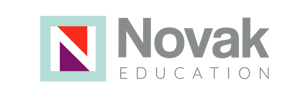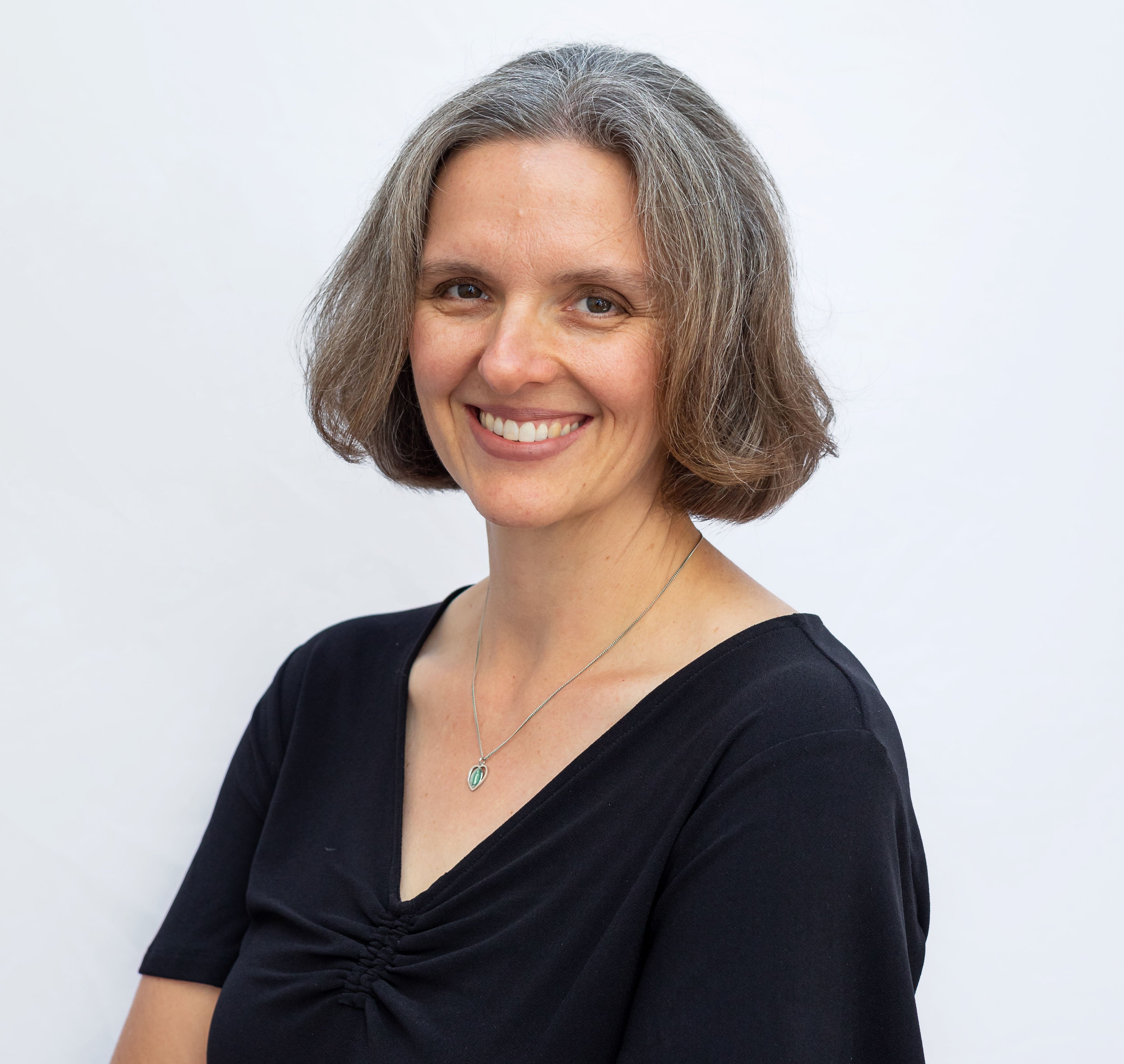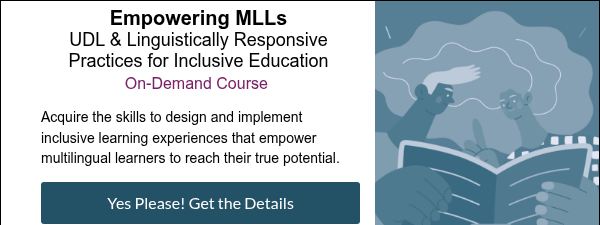In my early twenties, I moved from Boston to Southern California and started my teaching career. As a life-long New Englander, I experienced a HUGE culture shock. I remember being amazed by how big and expansive everything seemed. I was constantly confused by how long it took to drive everywhere. But my biggest culture shock came when I was assigned to a middle school to teach students with disabilities. Most of my class was made up of boys, who also were learning English as a second language. Hired as a first-year teacher on an emergency waiver, I felt completely unprepared for supporting students with disabilities AND developing the language skills necessary for grappling with academic content.
If you’ve worked with multilingual learners (MLLs), you know the richness and complexity they bring to a classroom. They offer diverse perspectives, unique language backgrounds, and deep cultural experiences that can enhance the learning environment for everyone.
But, you also know the challenges that can come with working with MLLs: designing lessons that are accessible without watering down rigor, fostering a sense of belonging that celebrates culture and the funds of knowledge students bring, and balancing the demands of learning both content and language.
That’s where Universal Design for Learning (UDL) and Culturally Responsive Practices (CRP) come in. Together, they provide a powerful framework for making sure every student, including multilingual learners, can access content and excel in the classroom.
How can we best support MLLs in a universally designed classroom?
Here are five tips that I learned that first year and continued to develop over the course of my 25+ years of education in California.
1. Start with Strengths, Not Deficits
Too often, the conversation around multilingual learners focuses on what they “lack”: vocabulary, grade-level reading skills, oral language fluency…. Instead, flip the lens to see what they bring.
UDL asks us to consider learner variability as the norm, not the exception. Every student enters with a unique set of skills, background knowledge, and cultural capital. For MLLs, this may include advanced problem-solving skills from prior schooling, deep cultural traditions, oral storytelling expertise, or proficiency in multiple languages.
OK, so how do we support the strong skills they may have in their home language? Try:
- Building assignments that allow students to use their home language for brainstorming or prewriting before producing work in English.
- Incorporating cultural references and examples from their lived experiences into lessons.
- Using tools like WIDA’s Can Do Descriptors to frame goals around what students can do now, while scaffolding them toward the next step.
When students see their strengths reflected in the curriculum, they’re more engaged and more willing to take risks in learning. Yeah, UDL principle of engagement! If you already do that, awesome! You’re off to a great start!
2. Make Language Goals as Clear as Content Goals
It’s not enough to set clear learning goals for students. We also need to intentionally plan how they’ll use language to reach those goals.
In a UDL-aligned classroom that supports MLLs, we identify both content objectives (e.g., “Explain the water cycle”) and language objectives (e.g., “Use sequencing words to describe a process”). This dual-goal approach helps design supports for both content demands and language demands. We know from John Hattie’s research the importance of teacher clarity. We see huge gains in student outcomes when making our goals clear. By sharing this with students, we can empower them to think about what they will learn and how they will communicate it.
UDL-inspired ways to integrate language goals include:
- Use sentence frames and word banks during discussions and writing tasks.
- Display academic vocabulary with visuals and gestures to anchor meaning.
- Provide multiple formats for demonstrating understanding (speaking, drawing, acting, writing) so students can access the task in the way that best matches their current skills.
This clarity doesn’t just help MLLs, it benefits every learner as we strive to develop robust academic language.
Use Multiple Means of Representation (and Make It Intentional)
The principle of representation is all about presenting information in different ways so learners can connect with it. But for multilingual learners, it’s more than just “variety”; it’s about access. We can support the principle of representation by adding flexible options for learning content and interacting with materials.
Intentional representation means:
- Pairing complex texts with visuals, diagrams, or video clips that illustrate key ideas.
- Pre-teaching critical vocabulary with images and realia (real-life objects) before diving into new content.
- Providing audio recordings of written text so students can hear pronunciation, pacing and intonation.
- Teaching students how to choose supports and scaffolds that support their learning.
Think of it like building multiple on-ramps to the learning highway. The more ways you present content, the more likely it is that every student can enter and travel at their own pace.
Embed Opportunities for Student Voice and Choice
Students learn best when they’re invested in the process and we move from teacher-led to student-led experiences. For multilingual learners, opportunities to make choices about how they learn and show what they know are critical for building agency and confidence. We can support the principle of action and expression by using scaffolds for language that help them demonstrate what they learned.
Examples you can try:
- Offer options for expression (podcasts, illustrated posters, slide decks, or short videos) with rubrics focused on the content and language goals.
- Allow students to choose topics that draw on their own interests or cultural backgrounds.
- Create structured opportunities for collaboration and collective learning so MLLs can share their expertise with classmates.
When students feel ownership over their learning, they’re more willing to take linguistic and academic risks. Who doesn’t want that for kids?
Build in Reflection for Both Teacher and Student
One of the most powerful parts of UDL is its focus on developing learner agency. How can we help students understand how they learn best so they can apply that knowledge in any context? For MLLs, this includes developing self-awareness about their language development and cultural identity.
We can foster reflection by:
- Asking students to reflect on which strategies or supports helped them most on an assignment.
- Encouraging them to track their own language progress over time.
- Modeling our own reflection process — for example, sharing how we adapted a lesson after realizing a text was too complex without additional supports.
When reflection becomes a regular part of classroom instructional design, it strengthens self-awareness for everyone. And, we get to continually refine our own practices. What a bonus!
When I think back to my first years as a teacher supporting the needs of multilingual learners, I am grateful for what they taught me about empathy, resilience, and multiple perspectives. As I learned more about UDL, I became grateful for what we could co-create together as we built on strengths, developed flexible pathways for learning, and co-designed options for expressing the brilliance each student brought to our classroom community.
Your Next Step: Take Your Learning Further and Join the Course
This may feel like a lot and these tips are just the beginning. In Empowering Multilingual Learners, we’ll go deeper into:
- Understanding how culture, language, and variability shape learning.
- Applying UDL principles alongside Culturally Responsive Practices.
- Explore tools to build a flexible, student-centered classroom culture that honors every voice.
The course is designed for educators at all stages, whether you’re just beginning to explore UDL or you’re ready to braid it more intentionally with your multilingual instruction. You’ll walk away with concrete strategies, ready-to-use resources, and a renewed sense of possibility for your students. Ready to empower your multilingual learners? Join us for this practical, inspiring journey.
Let’s move beyond one-size-fits-all and create classrooms where every student can thrive!




